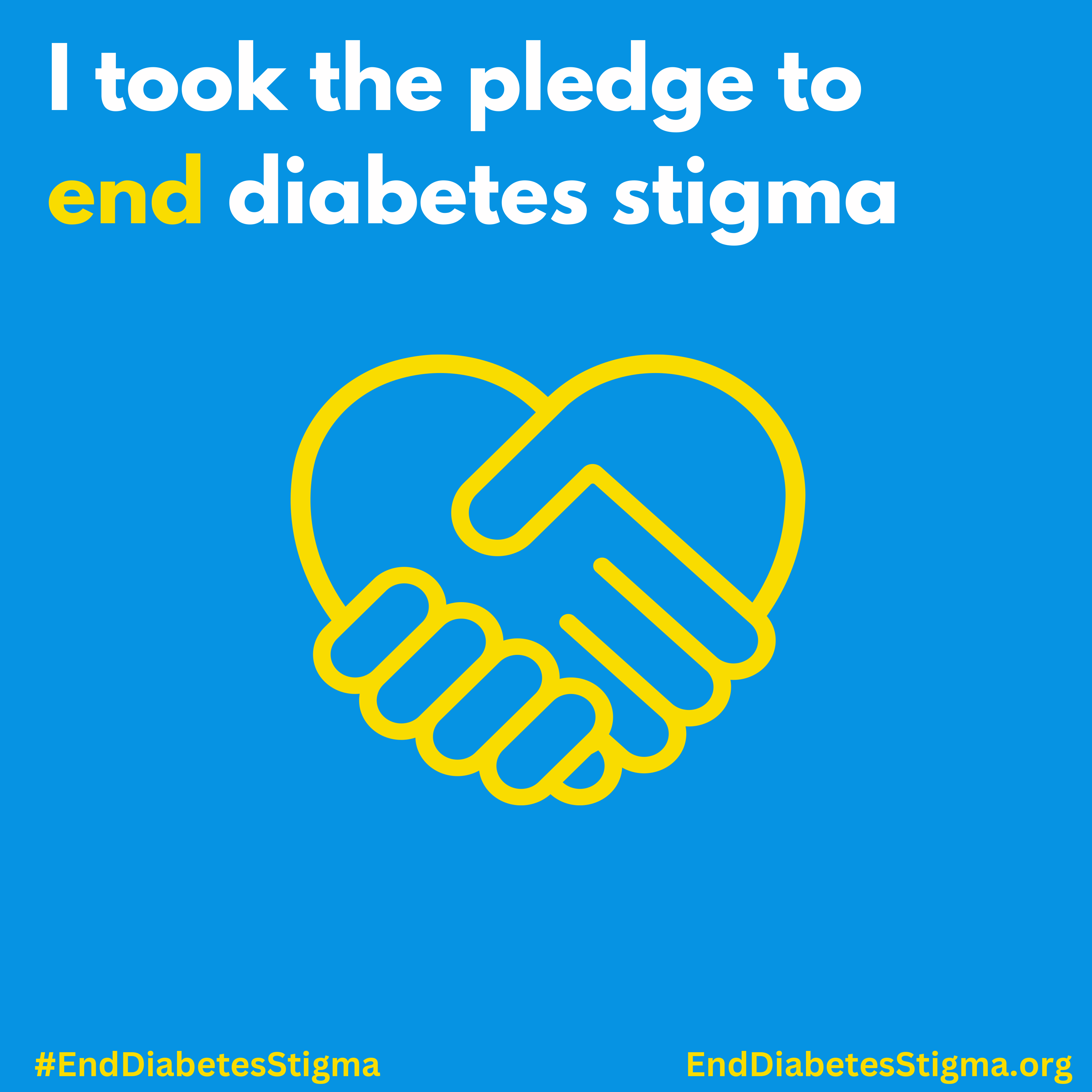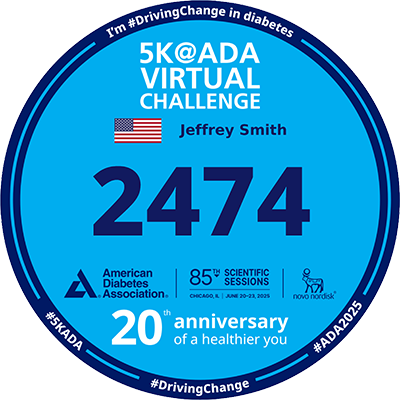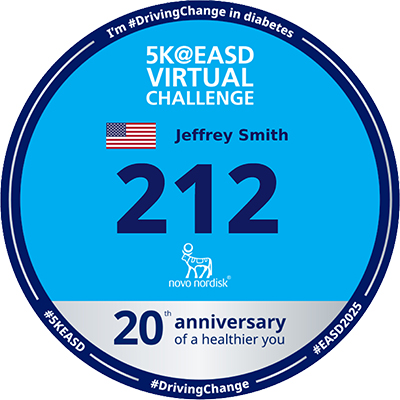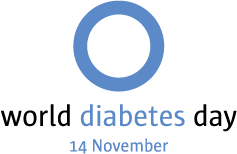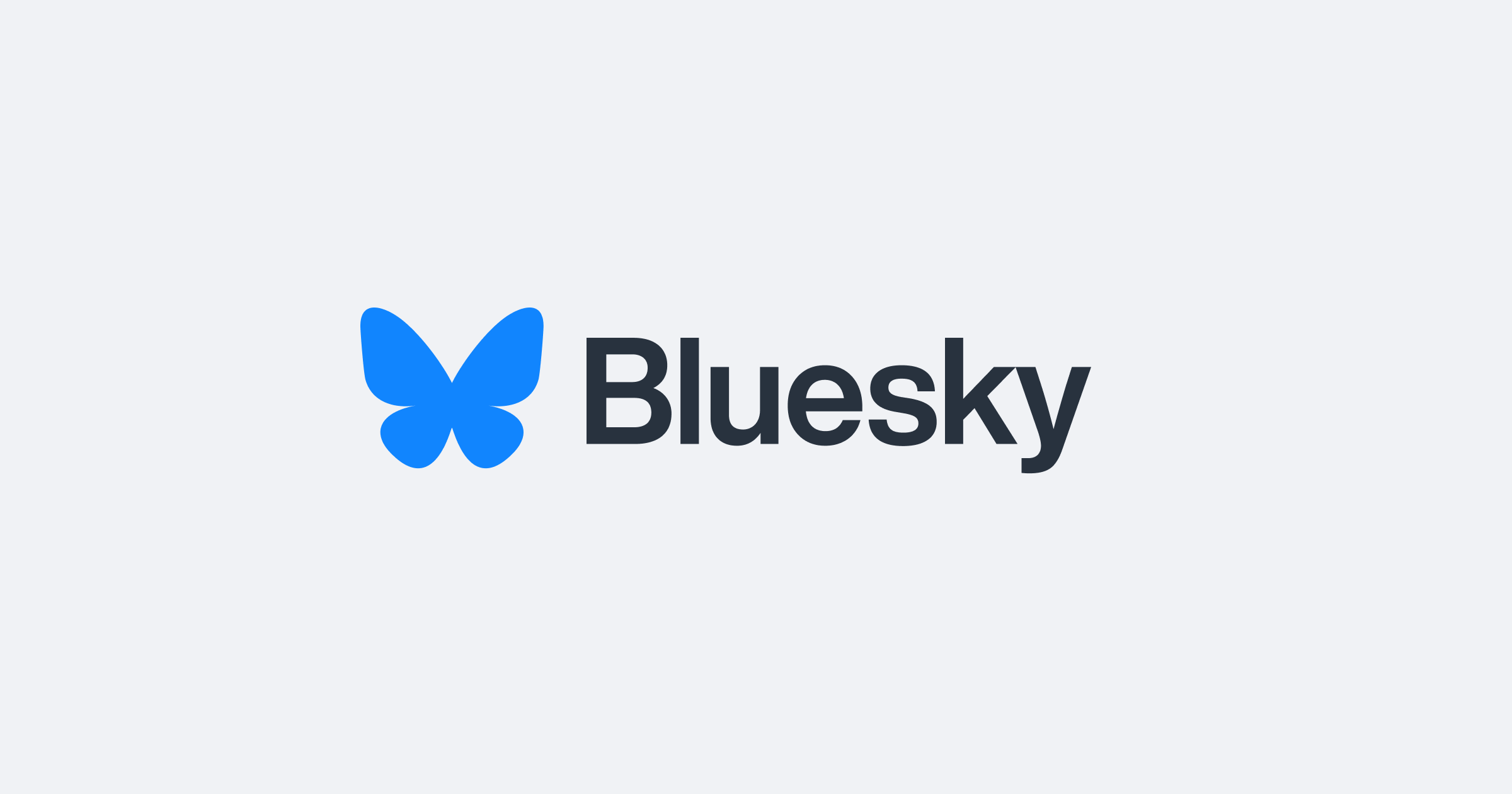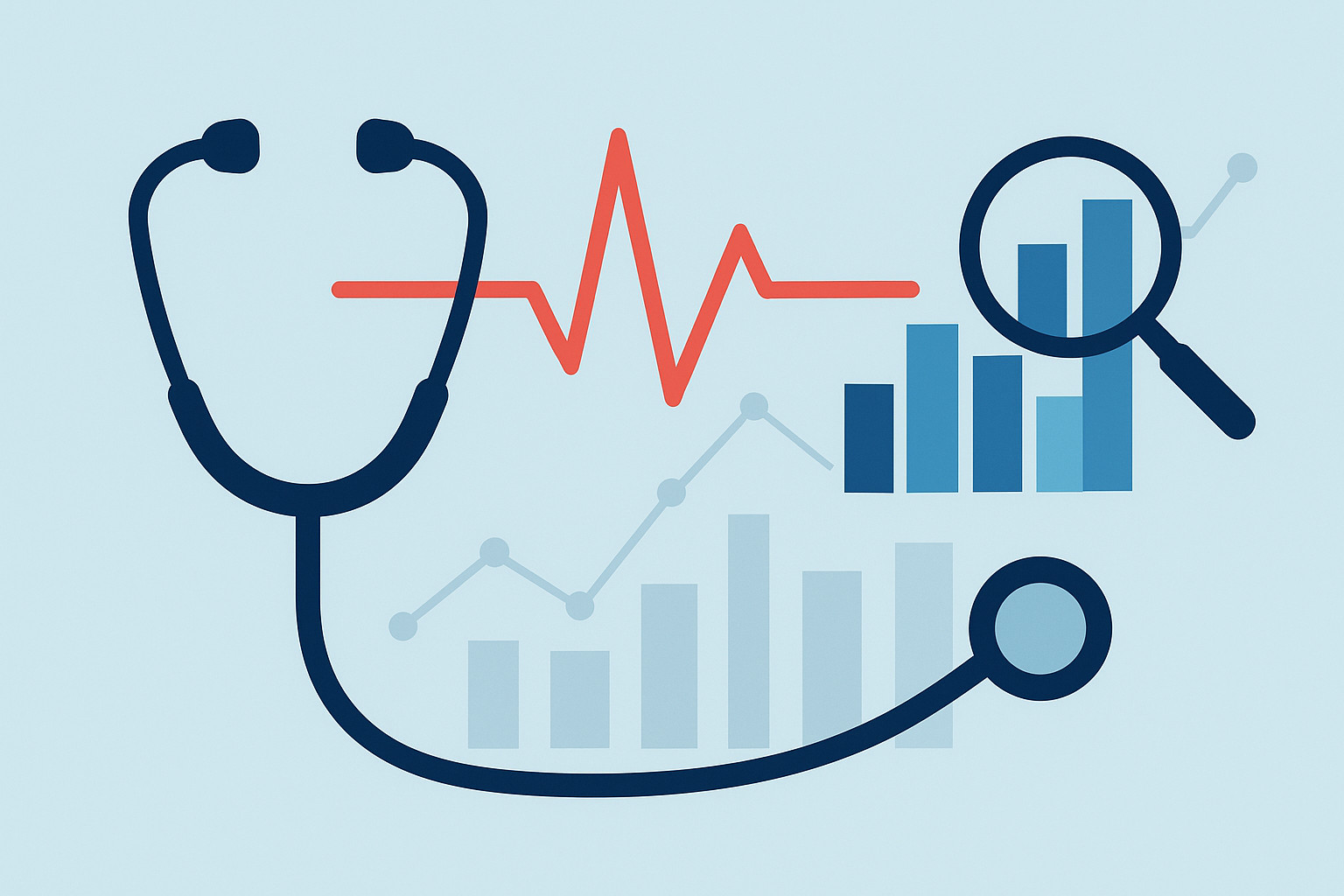
Abstract
This post explores how taking medical and healthcare-focused courses strengthened my data analysis and visualization skills. By engaging with real-world clinical content, I improved how I interpret, structure, and present complex health data — especially in tools like Tableau and Python.
Key Points
- Medical courses provided valuable context for analyzing health data more accurately.
- Exposure to clinical reasoning improved how I structure data visualizations.
- CME and university-level content offered insights into data use in real-world healthcare.
- Visualizing CGM data became a way to explore advanced design techniques.
- Courses helped connect medical insight with technical skill development.
To make meaningful decisions with data, the context in which the data will be used matters just as much as the data itself. That’s why I’ve pursued continuing education not only in data analytics, but also in medicine, public health, and emerging therapies. This dual focus has helped me bridge the gap between raw data and real-world use — whether I’m visualizing CGM trends, automating benefit audits, or writing about obesity care.
On my blogs, I focus on data analysis, data visualization, AI, and health topics, particularly diabetes and obesity care. Taking medical courses in these areas felt like a natural extension. They’ve improved my understanding of the science and patient experience behind the data, helping ensure the insights I share are both accurate and meaningful.
Some courses, like those on CGM interpretation, GLP-1 therapies, and obesity management, align directly with the topics I write about. Others, such as epidemiology or research literacy, strengthened my ability to interpret clinical trends and public health data. A few were taken out of personal interest, offering broader perspectives that shape how I think about healthcare data and decision-making.
In my full-time role, knowing how the data is used — and what different stakeholders need — is essential. Blending technical skills with real-world context helps me present findings in ways that support action. It also allows me to communicate clearly with both technical and non-technical audiences.
Behind every data point is a person, a challenge, a chance to make things better.
This idea reflects the core of why I chose this path. It also speaks to a larger trend. Many organizations now encourage employees to build knowledge across disciplines, especially in areas where AI, health, and data overlap. As Marcus Schindler of Novo Nordisk explained in a post on LinkedIn, the goal is to build a workforce that is fluent in science, technology, and business. Lotte Bjerre Knudsen, also in a post on LinkedIn has emphasized the importance of shared intelligence and collaboration, supported by a strong understanding of human data.
Taking courses outside the traditional data curriculum has helped me stay in step with this direction. It has changed how I approach analysis, communicate results, and collaborate with others. Whether I’m supporting decision-making at work or writing about trends in healthcare, building connections across fields has become one of my most valuable skills.
Strengthening My Data Skills with Medical Context
Several of the medical courses I’ve taken built directly on my data skills, offering practical ways to apply analysis in clinical and public health contexts. They were especially valuable for building practical skills that support real-world decision-making.
Epidemiology in Public Health Practice (Johns Hopkins University)
This five-course specialization focused on outbreak investigation, population surveillance, and applied data interpretation. I initially enrolled over a year ago but withdrew after struggling with the second module quiz in the first course. Despite multiple attempts, I couldn’t meet the 80% minimum passing score. I returned to the course more recently after completing several other medical and data-related courses, which helped me refine how I approach note-taking, organization, and review.
This time, I completed the module with a passing score and made steady progress through the rest of the specialization. A few modules remained challenging, but I was better equipped to handle them. Revisiting this course was a deliberate effort to prove that I could adapt and succeed, especially when learning something outside my usual domain.
The course illustrated how public health work depends on collaboration across disciplines and emphasized iterative analysis and data visualization. It changed the way I approach public health datasets, particularly in understanding surveillance systems, interpreting trends, and designing visual outputs that support decision-making.
Understanding Medical Research (Yale University)
This course focused on how to critically read and interpret scientific studies — covering everything from verifying claims to understanding statistical results and evaluating clinical evidence. It built directly on my core data skills and helped strengthen how I work with research-driven content.
The lessons from this course have been especially valuable in two areas:
- Analytical skills: I can now engage more confidently with clinical literature, assess the strength of study results, and better understand how evidence supports coverage or care decisions.
- Writing and analysis: I apply these same principles when reviewing industry white papers or summarizing trends for my site, ensuring that the information I share is grounded in credible sources.
It raised the bar for how I assess data quality across projects. Whether I’m reviewing internal metrics or summarizing population-level trends, I’m more attuned to potential biases, statistical limitations, and the importance of transparency in methods.
Continuous Glucose Monitoring (Primary Care Education Consortium)1
I completed this continuing medical education (CME) course while it was available as open access. It provided a clinician’s perspective on interpreting real-world CGM data, including AGP reports and Time in Range (TIR) metrics — all central to the visualizations I develop.
Hearing how healthcare professionals interpret these patterns added critical context to my work. Their science-oriented mindset — focusing on what the data shows, what it doesn’t, and how to approach it responsibly — influenced how I think about presenting CGM trends.
Understanding what clinicians prioritize helps me design visualizations that reflect clinical context, explore complex patterns, and improve how I present health data. They also allow me to test advanced visualization techniques in platforms like Tableau and track personal insights over time.
Supporting the Topics I Write About
Beyond my work in analytics, I write about diabetes and obesity care. These are areas where misinformation is common, and context is often missing. Taking medical courses related to these topics has helped me build a stronger foundation for the content I create. It ensures that the insights I share are grounded in current clinical understanding while still being accessible to a general audience.
Optimizing the Use of GLP-1 RAs (Illinois Academy of Family Physicians)1
I took this CME course while it was available as open access. It focused on how GLP-1 receptor agonists are used in the treatment of type 2 diabetes — including treatment guidelines, individualized care strategies, and the clinical decision-making behind therapy selection.
Given how widely these medications are prescribed and how frequently I write about them, the course offered useful insight into how they’re evaluated by healthcare professionals. It helped me better understand why certain outcomes are emphasized in both clinical practice and research, and how to communicate these ideas more clearly in my writing.
Overweight and Obesity Management (Illinois Academy of Family Physicians)1
Although I hadn’t initially planned to take this CME course, I realized that obesity care has much in common with type 2 diabetes care — the two areas often run in parallel and share multiple points of overlap. Taking the course provided a better understanding of how providers recognize obesity as a chronic disease and how they approach treatment planning, outcome tracking, and long-term care.
This broader context supports how I write about obesity care from a data-informed perspective. It also reinforces the value of understanding both conditions together, especially when exploring care trends, treatment strategies, and policy implications.
Diabetes – the Essential Facts & Diabetes (University of Copenhagen)
This course was designed as a foundational overview of type 2 diabetes for a general audience. It covered key topics such as epidemiology, prevention strategies, complications, and treatment goals. The material offered a concise but well-structured introduction to how diabetes develops and why it remains a major global health concern.
For my work, this course reinforced the importance of accurate communication around common terms and concepts. It helped me ensure that the content I create is not only data-driven but also accessible and aligned with current public health understanding.
Diabetes – a Global Challenge (University of Copenhagen)
This companion course started with a basic review but quickly expanded into broader and more technical territory. Topics included global disease burden, prevention policy, biological mechanisms, and long-term management strategies — all presented with the rigor expected of a research university.
The later modules in particular demonstrated the complexity behind population-level data and health system responses. Completing this course improved how I frame diabetes-related data in both personal projects and public writing. It also reinforced the need for strong visual communication when translating complex research into actionable insights.
Exploring Broader Perspectives
Some of the courses I’ve taken don’t directly align with my analytics work or blog topics, but they’ve added value in important ways. They offer broader context on how science, innovation, and health systems function — all of which aid my thinking across projects and make me a more informed contributor to healthcare conversations.
mRNAs as Medicines (Moderna)
I took this course out of personal interest to better understand the science behind mRNA-based therapies. There’s a significant amount of misinformation in the public space about what mRNAs are and how they work. Moderna developed this course for a general audience. It offered a clear, scientifically grounded explanation of topics such as protein expression, molecular delivery, and therapeutic development.
Gaining this perspective helped clarify how these technologies function and where their limitations lie. It also improved my ability to evaluate technical content — a skill that supports both my writing and my work with data in healthcare settings.
Drug Development Product Management Specialization (UC San Diego)
I took this three-course series to better understand the full lifecycle of drug development. Although I closely follow developments in the pharmaceutical space, I realized I didn’t have a clear picture of how therapies are tested, evaluated, and brought to market. This specialization provided that structure.
The program covered drug discovery, clinical trials, regulatory considerations, and commercialization strategies. It gave me a more complete understanding of how new treatments progress through each phase of development and the types of decisions that guide those transitions.
That clarity has helped me better contextualize the kinds of data I encounter in healthcare writing — whether it’s a new therapy being evaluated or a clinical outcome being reported. It also provided insight into how scientific, regulatory, and strategic priorities intersect in the development process.
Building a Broader, More Practical Skill Set
Taking medical courses alongside data and AI training has added depth and flexibility to my work. It has improved how I interpret health-related data, how I communicate with stakeholders, and how I create content that brings clarity to complex topics.
In my full-time role, this cross-disciplinary learning helps me bridge the gap between technical analysis and real-world decision-making. In my writing, it helps ensure that my posts on diabetes, obesity care, and data visualization are grounded in current knowledge, not just opinion.
Companies are frequently encouraging employees to build blended skill sets. As leaders like Marcus Schindler and Lotte Bjerre Knudsen of Novo Nordisk have pointed out in posts on LinkedIn, the future of innovation lies in collaboration between data, science, and strategy. That means learning to work across boundaries—whether those boundaries are between departments, disciplines, or ways of thinking.
Taking this broader approach to learning has changed how I analyze, how I write, and how I contribute to conversations that matter. It’s an approach I’ll continue to build on as the role of data in healthcare continues to evolve.
The most valuable insights come not just from knowing the data, but from understanding the world it represents.
- I am not a clinician and did not take these CME courses for credit. I participated in them for educational purposes only — to better understand the clinical context behind the data. In all three courses, the presenters maintained strict commercial neutrality and focused solely on the science, even blacking out video backgrounds to avoid any visual cues that could imply brand preference.


